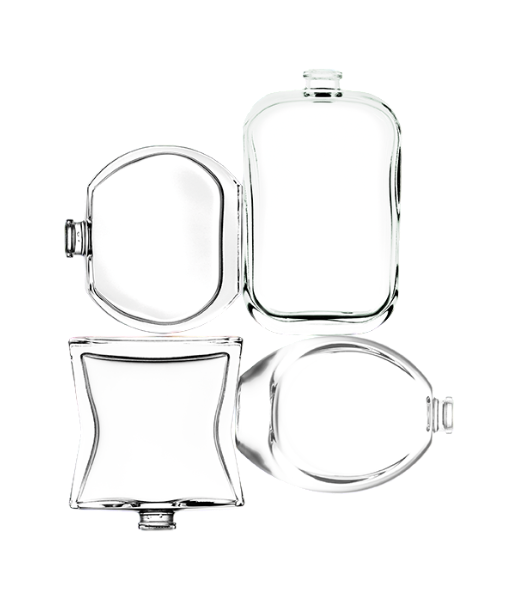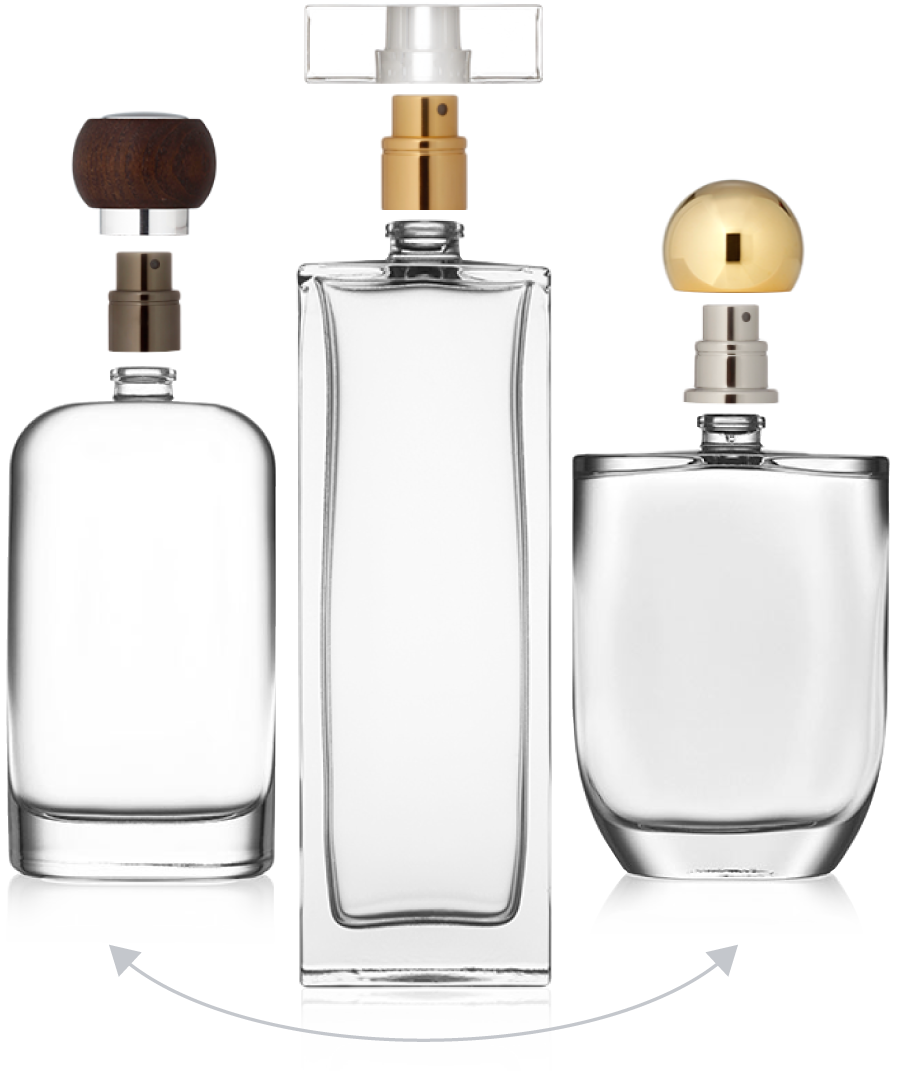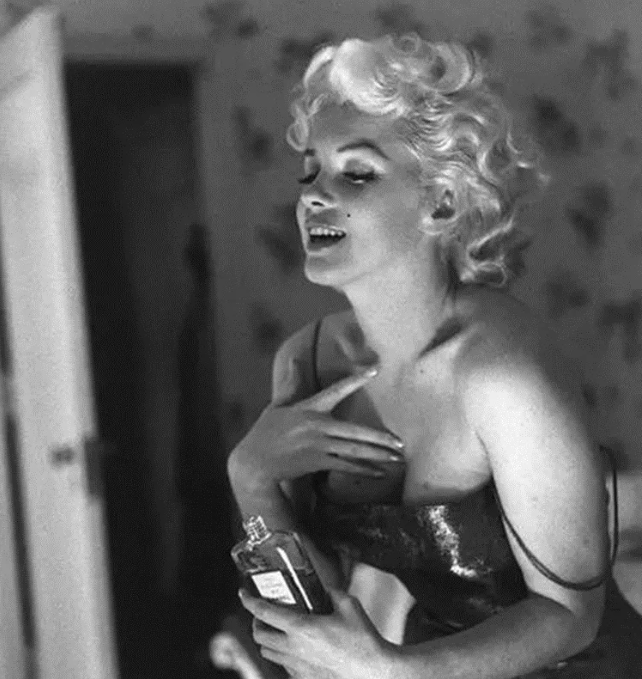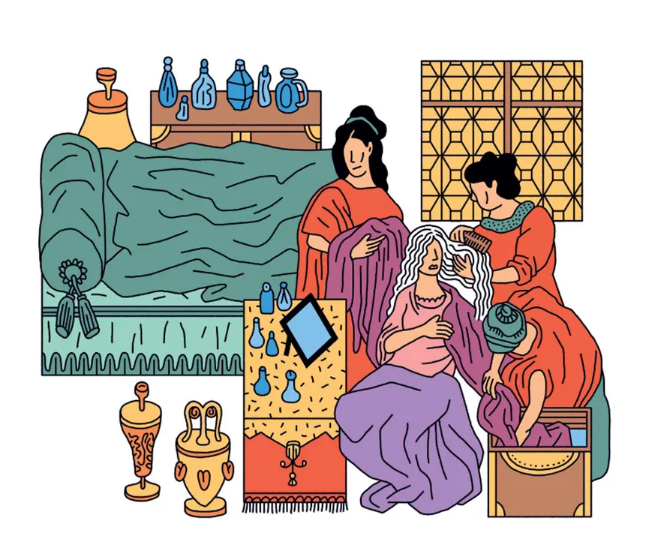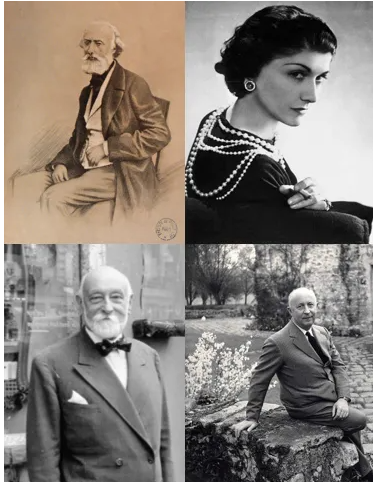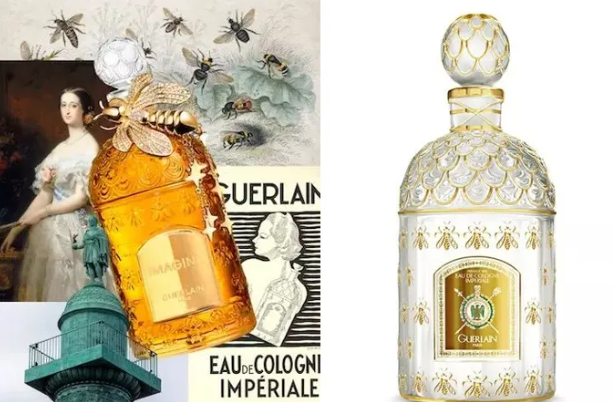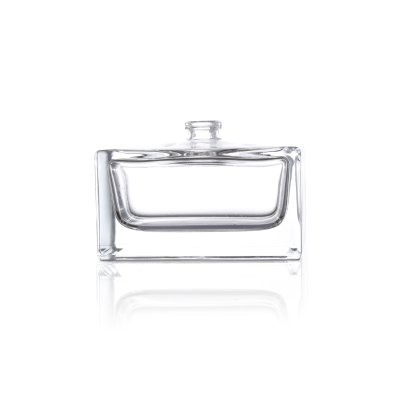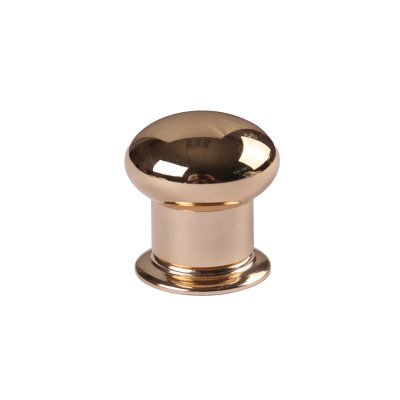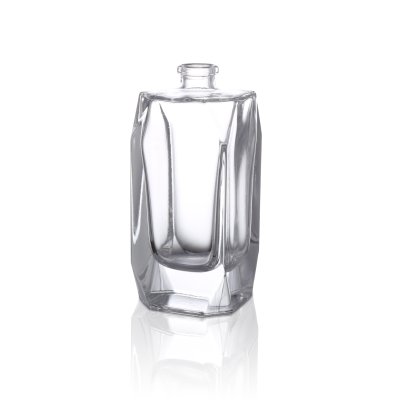A Look at Perfume Bottles Registered as Trademarks
A Look at Perfume Bottles Registered as Trademarks
The dazzling array of perfumes displayed in stores today is the result of two driving forces from the 20th century: one is the perfume houses established by professional perfumers, such as Guerlain, which has served the French royal family and continues to introduce new creations through its successive leaders; the other is the perfumes launched by high-end fashion designers, like Chanel, Dior, and YSL, which have become integral parts of their brand portfolios, flourishing alongside the luxury industry.
A luxury item or a product recognized with luxury attributes often possesses an artistic value that stands the test of time and is appreciated across different cultures. Since ancient times, master perfumers have known how to use exquisitely designed glass bottles to hold these delightful, mysterious liquids, much like small sculptures. These unique perfume bottles are also registered as trademarks, adding a touch of artistic beauty and imagination to the rich trademark system.
Marilyn Monroe once famously said, "I wear nothing but a few drops of Chanel No.5." This statement by Monroe epitomizes the allure of perfume — it's an invisible yet enchanting attire that adorns the soul of the wearer, with each scent acting as a social calling card: floral notes for innocence, fresh notes for lightness, amber notes for seduction, and woody notes for depth and composure.
The magic of perfume can be traced back to ancient times when humans revered deities and nature. The Latin term "perfumum" means "to smoke through," reflecting our ancestors' practice of burning fragrant woods and resins during hunts to invoke divine protection. Throughout history, fragrance has been used for medicinal purposes, religious ceremonies, and personal adornment. With the advancement of science, especially distillation techniques, modern perfumery as we know it began to take shape.
In the 20th century, perfumes were further developed by professional perfumers and high-fashion designers. Brands like Guerlain, with its founder Pierre François Pascal Guerlain, and later fashion houses such as Chanel and Dior, introduced their own lines of perfumes, contributing significantly to the luxury and cosmetics market. It's said that a bottle of Chanel No.5 is sold every 55 seconds, and Grasse, the "Perfume Capital of the World," generates around $800 million annually. Major perfume companies reinvest 7-12% of their revenue into research and development to maintain their positions in the competitive market.
The Poison series, launched in the 1980s, encouraged women to embrace and express their charm. In the new millennium, J'adore was created, symbolizing a modern woman's self-appreciation. The design of J'adore's bottle, inspired by Christian Dior's "New Look" dresses and his mother's love for pearl necklaces, along with John Galliano's gold choker from the 1998 Spring/Summer collection, embodies elegance and femininity.
In conclusion, whether they come from traditional perfumeries or high-fashion designer labels, perfumes provide a sensory experience that transcends mere olfactory pleasure. They represent a blend of art and commerce, and the trademarked designs of the perfume bottles capture this fusion, immortalizing them within a legal and aesthetic framework.
*Images sourced from the internet *Trademarks from the WIPO Madrid System
References:
Official websites of Guerlain, Lancôme, Chanel, and Christian Dior
Various articles and books on the history and culture of perfume

